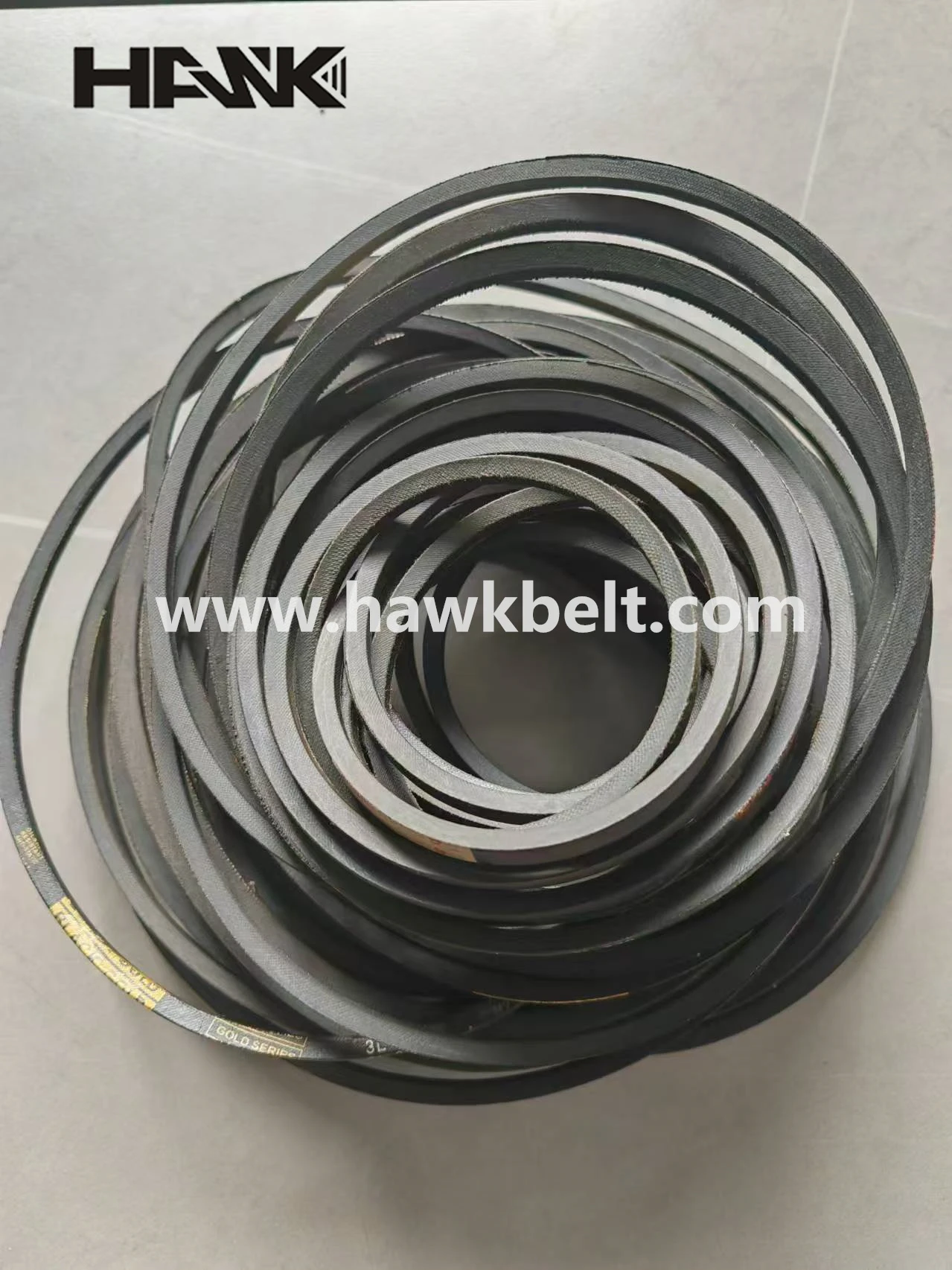- Arabic
- French
- Russian
- Spanish
- Portuguese
- Turkish
- Armenian
- English
- Albanian
- Amharic
- Azerbaijani
- Basque
- Belarusian
- Bengali
- Bosnian
- Bulgarian
- Catalan
- Cebuano
- Corsican
- Croatian
- Czech
- Danish
- Dutch
- Afrikaans
- Esperanto
- Estonian
- Finnish
- Frisian
- Galician
- Georgian
- German
- Greek
- Gujarati
- Haitian Creole
- hausa
- hawaiian
- Hebrew
- Hindi
- Miao
- Hungarian
- Icelandic
- igbo
- Indonesian
- irish
- Italian
- Japanese
- Javanese
- Kannada
- kazakh
- Khmer
- Rwandese
- Korean
- Kurdish
- Kyrgyz
- Lao
- Latin
- Latvian
- Lithuanian
- Luxembourgish
- Macedonian
- Malgashi
- Malay
- Malayalam
- Maltese
- Maori
- Marathi
- Mongolian
- Myanmar
- Nepali
- Norwegian
- Norwegian
- Occitan
- Pashto
- Persian
- Polish
- Punjabi
- Romanian
- Samoan
- Scottish Gaelic
- Serbian
- Sesotho
- Shona
- Sindhi
- Sinhala
- Slovak
- Slovenian
- Somali
- Sundanese
- Swahili
- Swedish
- Tagalog
- Tajik
- Tamil
- Tatar
- Telugu
- Thai
- Turkmen
- Ukrainian
- Urdu
- Uighur
- Uzbek
- Vietnamese
- Welsh
- Bantu
- Yiddish
- Yoruba
- Zulu
Dec . 14, 2024 03:34 Back to list
variable speed belt
Understanding Variable Speed Belts An Overview
In modern industries, the efficiency of machinery plays a critical role in maximizing productivity and ensuring smooth operations. One key component that significantly enhances the operational capabilities of various machines is the variable speed belt. This article aims to provide an overview of variable speed belts, their functionality, applications, advantages, and maintenance practices.
What is a Variable Speed Belt?
A variable speed belt refers to a type of belt drive system that allows for the adjustment of speed and torque output based on the operational requirements. Unlike traditional fixed-speed belts, which maintain a constant speed regardless of the load, variable speed belts offer flexibility and adaptability. This is particularly beneficial in applications where the demand for speed changes frequently.
The variable speed belt system typically consists of a series of pulleys, a tensioning mechanism, and, of course, the belt itself. The pulley arrangement is designed to alter the speed of the driven machine by changing the effective diameter of the pulleys in use. This alteration can be achieved using various mechanisms, such as a variable diameter pulley or a step belt.
Functionality of Variable Speed Belts
The primary function of a variable speed belt is to control the speed of a connected machine, allowing operators to make adjustments easily. By changing the diameter of the driving and driven pulleys, the speed of the belt can be increased or decreased as required. This adaptability not only optimizes machinery performance but also helps conserve energy, as machines can operate more efficiently at lower speeds when full power is unnecessary.
In many systems, variable speed belts are driven by electric motors. With the help of electronic drives or variable frequency drives (VFDs), operators can precisely control the motor speed, which directly affects the belt speed. This level of control is crucial in applications where precision is needed, such as in assembly lines, material handling, and mixing processes.
Applications of Variable Speed Belts
Variable speed belts find applications across a broad range of industries. Some common use cases include
1. Manufacturing In factories, variable speed belts are used in conveyors and assembly lines, allowing for the efficient transfer of materials at different speeds based on production needs.
2. Food Processing In food production, variable speed belts facilitate operations like mixing, slicing, and packaging, allowing adjustments for different product lines.
3. Automotive In the automotive industry, variable speed belts are critical for throttle control and air conditioning systems, where adjustments are needed to match engine performance.
variable speed belt

5. Agriculture In agricultural machinery, variable speed belts are used in equipment like combines and harvesters, allowing them to adapt to different crop types and conditions.
Advantages of Variable Speed Belts
The implementation of variable speed belts offers several advantages
- Energy Efficiency By allowing machines to operate at optimal speeds, variable speed belts reduce energy consumption. - Increased Equipment Life The ability to adjust speed can minimize wear and tear on components, extending the lifespan of the machinery.
- Enhanced Productivity Flexibility in speed control enables better responses to changing operational requirements, resulting in improved productivity.
- Reduced Downtime By facilitating smooth transitions between different operational speeds, variable speed belts can help minimize downtime during production.
Maintenance of Variable Speed Belts
To ensure the longevity and efficiency of variable speed belts, regular maintenance is essential. Some key practices include
- Routine Inspections Regularly check the condition of the belt, pulleys, and tensioning mechanisms for signs of wear or damage.
- Proper Tensioning Ensure that the belt is correctly tensioned to prevent slippage or excessive wear.
- Lubrication Depending on the design, some components of the variable speed drive system may require lubrication to reduce friction and wear.
- Alignment Checks Misalignment can lead to premature failure of the belt and other components, so it's crucial to regularly check alignment.
In conclusion, variable speed belts play an essential role in various industrial applications, providing the flexibility and efficiency needed to meet modern demands. Their ability to adapt to changing operational requirements makes them a vital component in enhancing productivity and ensuring the longevity of machinery. As industries continue to evolve, the importance of understanding and implementing variable speed belt systems will only increase.
-
Korean Auto Parts Timing Belt 24312-37500 For Hyundai/Kia
NewsMar.07,2025
-
7PK2300 90916-T2024 RIBBED BELT POLY V BELT PK BELT
NewsMar.07,2025
-
Chinese Auto Belt Factory 310-2M-22 For BMW/Mercedes-Benz
NewsMar.07,2025
-
Chinese Auto Belt Factory 310-2M-22 For BMW/Mercedes-Benz
NewsMar.07,2025
-
90916-02660 PK Belt 6PK1680 For Toyota
NewsMar.07,2025
-
drive belt serpentine belt
NewsMar.07,2025

